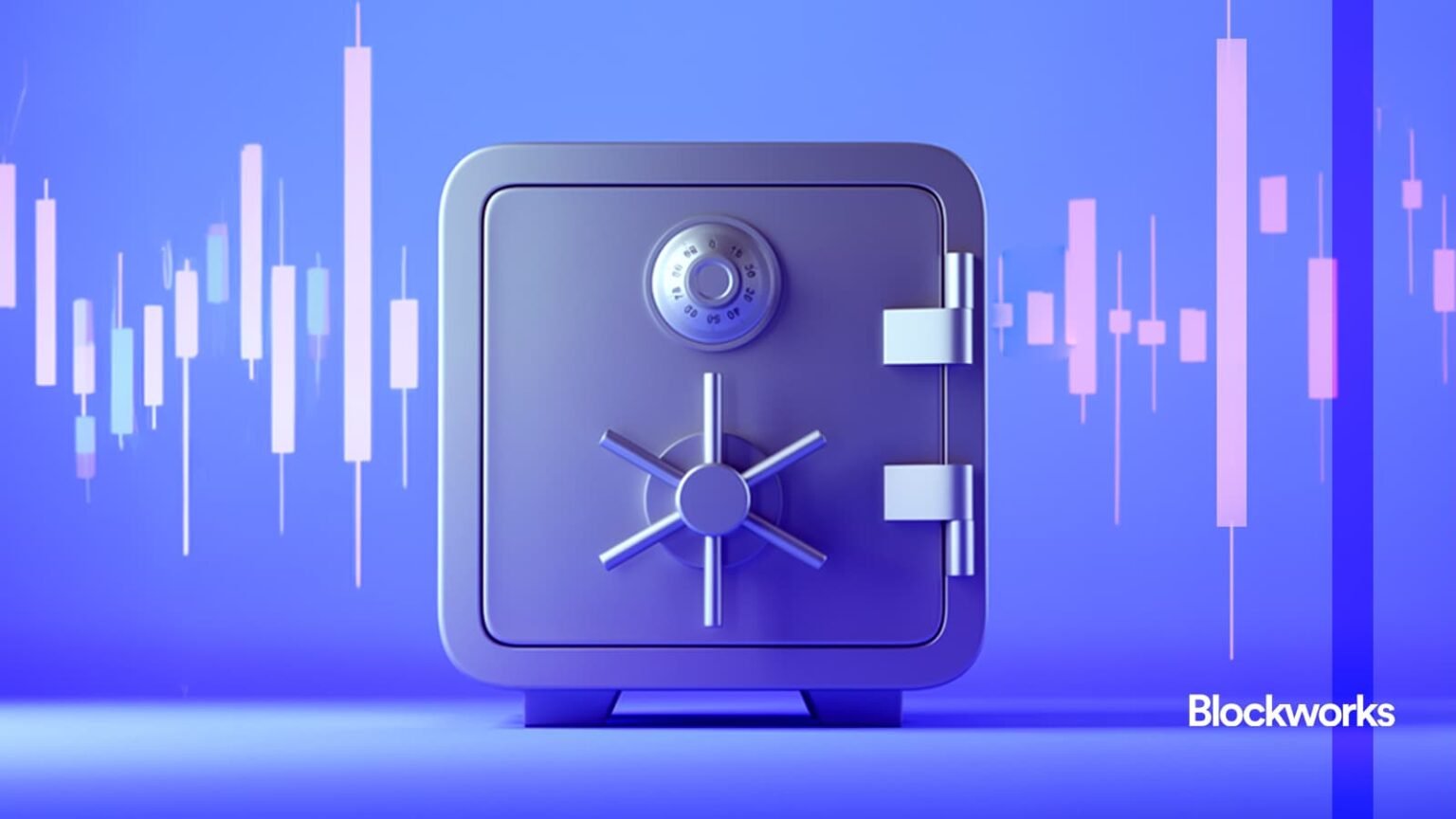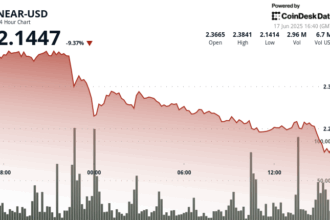A specter is haunting the cryptocurrency market: the specter of cheap leverage.
Digital Asset Treasury companies (DATs) are accumulating significant holdings of Bitcoin (BTC) and other assets by funding these purchases primarily through low-cost debt and equity issuance.
This trend involves notable non-traditional players. GameStop has purchased 4,710 BTC. Japanese hotel operator Metaplanet has aggregated $930 million in BTC, while Singapore-based Basel Medical Group announced plans for up to $1 billion worth of BTC acquisitions. Notably, Trump Media Group secured a $2.5 billion BTC treasury facility.
The trading extends beyond Bitcoin. DeFi Development Corp. (formerly Janover Capital) holds 609,190 SOL tokens worth approximately $107 million. Consensys-backed gaming company Sharplink Gaming is raising $425 million for a potential ETH treasury, and blockchain energy company VivoPower secured $121 million for an XRP treasury.
The Mechanics of the Trade
DATs primarily use bond issuances offering low coupon rates (0-5%) to finance their crypto treasuries. Two main types of investors fuel this market:
- Market-Neutral Hedge Funds: These funds purchase the DAT bond while simultaneously shorting the DAT stock. Profits arise from the volatility of the DAT stock. As the stock price rises, the fund increases its short position; as it falls, it buys back shares at lower prices. This practice, known as gamma-scalping, exploits the difference between realized and implied volatility.
- Long-Only Asset Managers (e.g., Allianz, Calamos): These investors view the bond as having an asymmetric payoff – limited downside risk (the bond’s principal) if MSTR stock underperforms, coupled with equity-like appreciation potential if the stock price stays above the conversion price.
These investment strategies collectively drive up the stock price of DATs like Microstrategy (MSTR). Two billion dollars in newly funded Bitcoin significantly boosts the company’s net asset value (NAV). DATs aim to grow crypto holdings per share (“Bitcoin Per Share” or BPS) faster than general stock price appreciation, financing expansion through continued market access.
Why Over DATs?
Direct investment via spot market or established crypto ETFs isn’t the primary driver.
“If you buy [Microstrategy stock] at 2x NAV, you are effectively buying 0.5 BTC instead of buying 1.0 BTC directly via spot. However, if MSTR can raise capital and grow BPS 50% per year (achieving a 74% growth rate last year), by year’s end two, you would own 1.1 BTC — exceeding what a direct spot purchase would deliver.”
– Cosmo Jiang, Pantera Capital
DATs thus offer the potential for leverage – both in ownership and funding – currently unavailable through traditional crypto exposure.
The Risks
The “infinite money loop,” suggesting perpetual stock price appreciation without limit, carries significant dangers:
- No Organic Yield: DAT stock doesn’t generate inherent cash flow from crypto appreciation; the apparent premium relies entirely on perception.
- Price Pegged Risk: Stock performance is predicated on the share price remaining artificially elevated relative to the underlying NAV of crypto assets.
- Secured Debt Lending: Secondary bond issuances often involve secured debt, unlike Microstrategy’s original unsecured bonds. This creates a liquidation risk: repayment is secured by selling the company’s crypto assets.
- Potential Forced Selling: If cryptocurrency markets correct or collapse, DATs might be compelled to sell their crypto holdings before maturity to repay bondholders, triggering stock price declines and a rush to sell crypto assets at depressed valuations.
Despite widespread enthusiasm for the buying power, the potential for forced selling and subsequent market dislocations in both stocks and cryptocurrency remains a critical risk factor.












